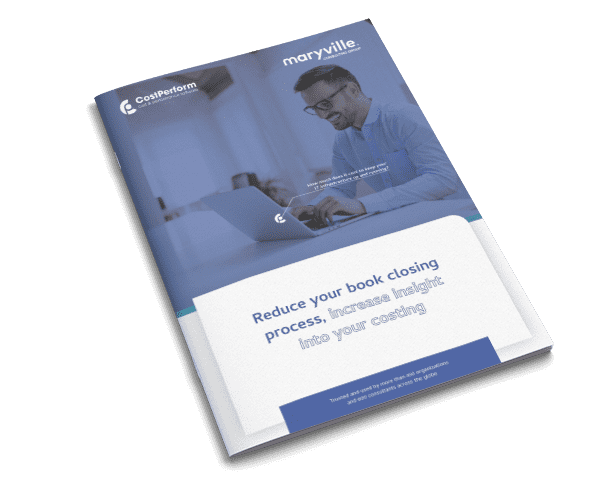We’ve already tackled the DO’s and DONT’s of the research phase, and given some concrete pointers of how you can keep on the right track with your information diet, and actions to avoid. But there are other pitfalls that enterprise buyers must look out for. With an estimated 60% of software purchase decisions ending in buyer’s regret, pay close attention to avoid making the same mistakes as others.
Overlooking security considerations, falling short in documentation, failing to involve the team or choosing the wrong provider for the wrong reasons. There are numerous traps which people fall into while procuring software. Read on to learn more:
Common mistakes in enterprise software procurement
1. Not fully understanding your company’s needs. Before jumping into the search for the right software, take the time to conduct your own research on what it is that you need. Some pointers:
– Have you conducted a thorough “gap analysis” between the current and future situation?
– Do you understand how the technology will address these gaps?
– Are you aware of the market standard solutions in your sector/niche?
From this baseline, you will have the ability to communicate clearly and effectively with vendors. When you already understand what you are looking for, you will be able to efficiently quiz their sales team and quickly come to an understanding.

2. Are you looking for the right things in a future software solution? Relevant security certification, tech support guarantees and responsive customer care are the top of most people’s priorities. Adherence to regulation, data protection, or accounting standards may all be critical factors depending on what software you require. Don’t overlook this.
Moreover, finding a locally based option is rarely a game changing factor in software acquisition. Be sure to look outside your local market, as a software based in another country can be perfectly adapted to yours. Lastly, keep your eyes fixed on what matters to you, and don’t worry about unnecessary extras, features and upsells. For example, ask for a price list early in the process. CostPerform’s price list is available by request.
3. The “mere exposure” effect. The mere exposure effect is a psychological phenomenon where people develop a preference for things simply because they are familiar with them.
In practical terms, this means you are far more likely to choose Salesforce than CRM123, even if the latter is the best reviewed tool in the market. To address this, make the effort to create a structured software research flow. You could make a spreadsheet comparing objective factors. A high popularity brand you see everywhere doesn’t make it better than its competitors, it likely means it has a higher marketing budget. For more on how to compare products, read our blog on the DO’s and DONT’s of research.
4. Start small, scale big. A significant number of purchasers aim to scale their solution soon after buying it. Not every tool affords this freedom, but tiered subscriptions are an increasingly common offering. A strategy to start small, and scale slowly can help address change management concerns and avoid the sunk cost fallacy. Put simply, you won’t get stuck regretting a big mistake all at once. For tools where free trials, and beginner packages are offered, use it to your advantage.
5. Document, Document, Document. Make sure your research flow is recorded, the criteria you search for in the new software is written down. To follow best practices, you might like to have the following:
- Gap Analysis
- RFP: A Request for Proposal formalizes the solicitation of bids
- Budget Plan
- Vendor Comparison Matrix
- Use Case Scenario
Keep your documents close at hand. These are large enterprise decisions. Ensuring your decision-making process is well documented is a critical step in avoiding purchase regret. Documentation is a key step in software procurement, as well as in profitability modelling.
6. Fail to prepare, prepare to fail. Starting with a detailed audit of what you need, a gap analysis, and how the software will solve your problem is a great start. As we mentioned in our other article, deciding as a team is critical to ensuring the success of the new project. 60% of those purchasing enterprise software have regrets. These can be costly and long-running mistakes, so it is worthwhile to invest the time in analyzing your needs, discussing with your team, and comparing solutions before making an investment.
Pitfalls to watch out for
Whether it’s a Supply Chain Management system, an Internal Communications tool, or a Cost Allocation tool like CostPerform, it’s vital to give the decision of procuring a new system the full attention to detail it needs. If you plan well, integrate your team into the decision-making process, take stock of your own biases. Avoid the pitfalls and take the initiative in your research process.
What’s next?
If you are interested in CostPerform software, and want to read in-depth, our downloads section is a great place to start in accordance with the principles above. If you’re looking for software in another domain, you could start with Gartner’s Peer Insights. In any case, we wish you the best of luck in your software procurement decisions.
